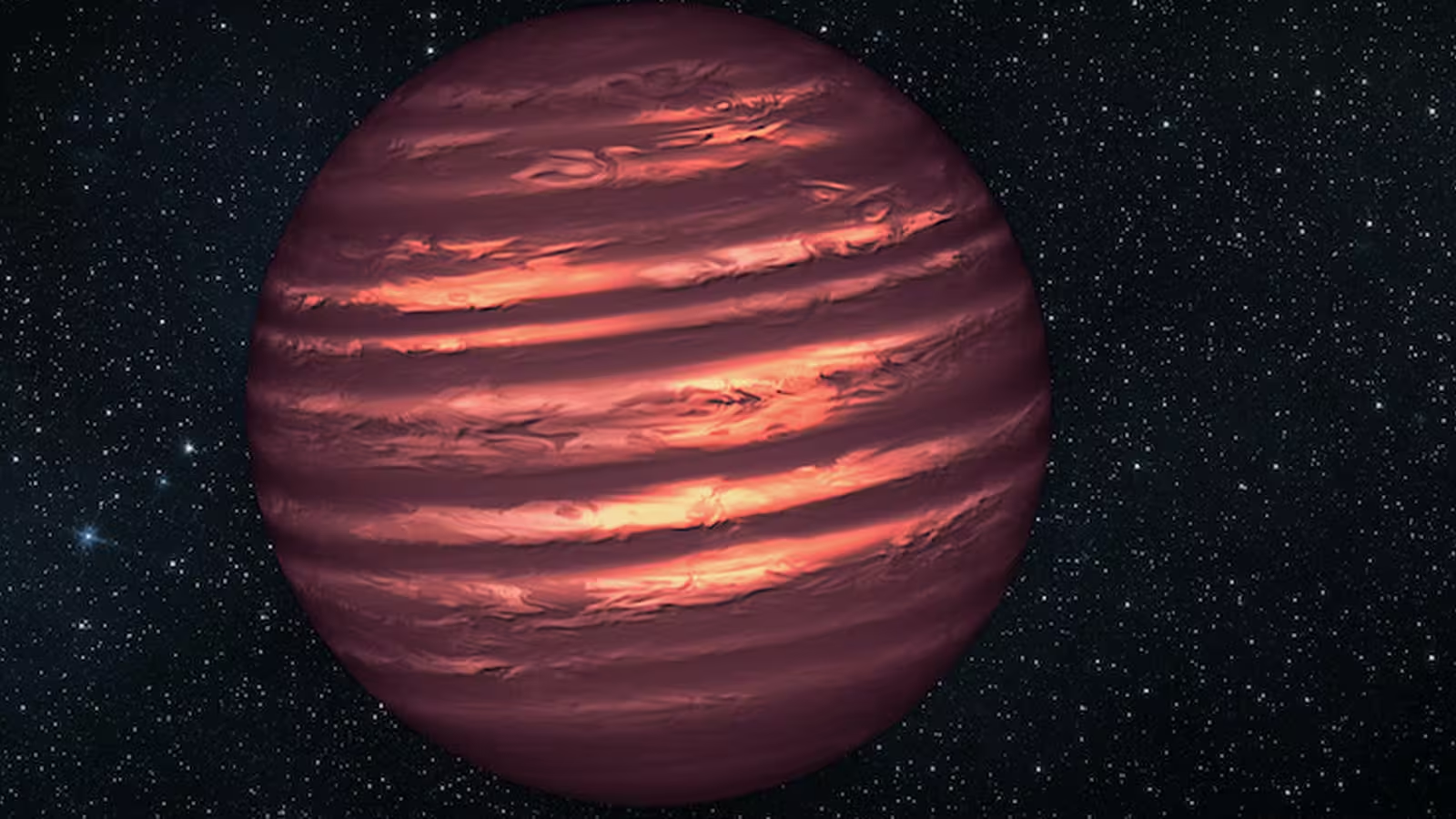6 Minutes
Unveiling a Cosmic Mystery: Dark Matter and the Search for Dark Dwarfs
For decades, the elusive nature of dark matter has tantalized astrophysicists worldwide. Accounting for roughly 85% of all matter in the Universe, dark matter does not emit, absorb, or reflect light, making it virtually invisible to even the most sensitive telescopes. Its presence is discerned only through gravitational influences on galaxies and cosmic structures, leaving scientists eager for direct clues to its existence. Now, an intriguing new hypothesis is suggesting that dark matter might do more than simply shape galaxies – it could give birth to an entirely new class of astronomical objects: dark dwarfs.
Scientific Context: Brown Dwarfs and the Role of Dark Matter
Brown dwarfs occupy a fascinating niche in cosmic taxonomy. Larger than gas giants like Jupiter but too small to ignite the hydrogen fusion that powers true stars, brown dwarfs exist as faint, cool objects drifting through space. Yet, researchers from the United Kingdom and the United States have proposed that in regions where dark matter density is especially high, brown dwarfs could undergo a dramatic transformation.
Their work theorizes that certain forms of dark matter could be captured by brown dwarfs, accumulating in their cores. If this dark matter is made up of weakly interacting massive particles (WIMPs)—a leading candidate in particle physics—then these particles could annihilate each other upon meeting. The resulting release of energy might not only warm the brown dwarf but also make it shine brighter than expected, effectively creating a "dark dwarf."
Mechanism: How Dark Matter Powers Dark Dwarfs
WIMPs are unique hypothetical entities: they scarcely interact with ordinary matter, aside from gravity, but can collide and annihilate with other WIMPs. In high-density environments, such as the galactic center, brown dwarfs could accumulate significant amounts of these particles. According to Jeremy Sakstein, an astrophysicist at the University of Hawai'i and one of the lead researchers, “These objects collect the dark matter that helps them become a dark dwarf. The more dark matter you have around, the more you can capture, and the more energy will be produced through its annihilation.”
Unlike stars, which gradually deplete their nuclear fuel, dark dwarfs could remain stable for extraordinarily long timescales, maintaining a constant size, temperature, and brightness due to the steady supply of energy from dark matter annihilation. This could make them effectively eternal in astronomical terms.
Detecting Dark Dwarfs: The Lithium-7 Signature
A central challenge lies in observational verification. How could astronomers distinguish a dark dwarf from conventional celestial objects? The answer may lie in lithium-7, a particular isotope that is destroyed at the high temperatures found in stars but persists in the cooler interiors of brown dwarfs. Astronomers already use the presence of lithium-7 as a diagnostic tool to confirm brown dwarf identity.
However, if a brown dwarf is powered by dark matter annihilation, it could appear larger and brighter than even red dwarf stars of equivalent mass. Should astronomers discover such an object that glows with the luminosity of a red dwarf yet retains the lithium-7 signature characteristic of a brown dwarf, this could be a critical indicator of a dark dwarf—and, by extension, the elusive dark matter itself.

Potential Complications and Theoretical Limits
Significant uncertainties remain. For this dramatic cosmic scenario to unfold, dark matter must be composed of WIMPs or similar particles capable of mutual annihilation and energy release. If dark matter instead consists of alternative candidates such as axions or dark photons, these interactions—and hence the dark dwarf phenomenon—may not occur or be detectable via this method.
It is also possible that the very gravitational effects attributed to dark matter may arise from currently unknown aspects of physics, highlighting the importance of multiple parallel approaches in dark matter research.
Future Prospects and Observational Strategies
As scientists continue their quest to understand dark matter, the search for dark dwarfs represents a promising observational avenue. Researchers recommend focusing telescopic surveys toward the dense regions of our galaxy, particularly the galactic center, where dark matter is predicted to be most abundant. By seeking out anomalously bright, lithium-rich substellar objects, astronomers may soon put this hypothesis to the test.
The emergence of next-generation astronomical observatories and advanced spectroscopic techniques will play a critical role in this endeavor. Robust confirmation of dark dwarfs would not only validate a new class of cosmic objects but could also provide direct evidence of dark matter’s fundamental properties—one of the most significant mysteries in modern science.
Conclusion
The proposal of dark dwarfs offers an exciting path forward in the search for dark matter, potentially revealing new astrophysical phenomena beyond standard models of stellar evolution. While many theoretical questions persist, the innovative use of chemical signatures like lithium-7 and targeted observations of the galactic core could soon transform how we hunt for the Universe’s most enigmatic substance. As new observational data emerges, researchers are poised to uncover whether these hypothetical dark dwarfs truly exist, opening a profound window into the dark heart of our cosmos.



Comments